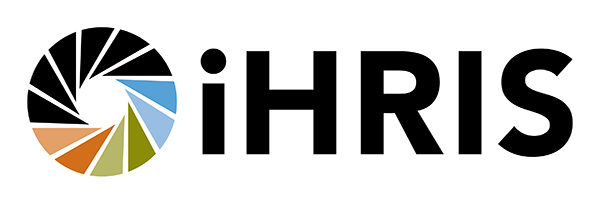A Global Health Perspective on Open Source
As a registered nurse with years of international experience in social policy and human resources management, I find the prospect of using Open Source systems for health care extremely exciting.
Over the years I have seen other types of technology programs in Africa fizzle after projects ended or the funding ran out. An expensive liability is outdated software that cannot be modified or tailored to meet expanding requirements in countries experiencing rapid growth and development.
When I was the principal investigator and project director for the Kenya Nursing Workforce Project researching the possibility of starting a new school of nursing, I went to one of the big Kenyatta University campuses and was told that they already had the necessary equipment for distance learning. I was elated and asked to see the system that was already in place. There was a big room filled with gadgets and an auditorium. It had been set up years before by the World Bank to broadcast training programs from NY to developing countries all over Africa. However I learned that it was only a one-way broadcast from NY. After the World Bank’s training program and funding ended the school had not been able to use the technology, because they did not have the ability to broadcast out. I asked what would it take to use this technology to train nurses in Kenya, and he said we’d have to totally start over and scrap everything. They invested oodles of money to develop a system that is unusable now. What happened with the training program is similar to what often happens when projects depend on proprietary software.
I have become a passionate advocate for Open Source. Open Source technology is a way for Africa in particular to use cutting-edge software in a way that is fiscally responsible. Educational programs in Africa have traditionally used Microsoft software. This has created a big problem because in order for the Ministries of Health and other organizations to sustain the programs after the projects end, they have to pay substantial licensing fees. The advantages of using free Open Source software is clear in countries that are financially restrained like Kenya, Uganda and S. Sudan. These countries cannot afford huge software maintenance costs.
I recognize that there are challenges to switching to Open Source software. Because Microsoft technology is what people are used to, it has been viewed as the only reliable technology. Therefore, people have felt that if the product they were using wasn’t Microsoft, then it was inferior. I’ve been very supportive of using and developing an Open Source method that governments and universities will be able to sustain in the future without these huge licensing fees, but with a network of developers that can keep the system running using advanced technology. I have this very concern about a project that I worked on in Africa, and I’m unsure whether or not the MOH will be able to sustain the licensing fees, as expected, after the project funding ends.
The Ugandan Ministry of Health has been very supportive of the use of Open Source technology and our iHRIS software. We installed iHRIS Qualify at the Nursing and Midwives Council last spring and are now implementing similar systems in the other three councils. The IT expert working there, a consultant for the Capacity project sitting in the Ministry of Health, wants Open Source software to be the standard. He feels Open Source software gets less viruses, and he’s insisted that they use Open Source for all their office programs as well as their HRIS. They have already switched to using Open Office - Linux versions of Word, Excel, and PowerPoint. They have also started on-the-job training for Open Source developers working in the public health system in Uganda.
With Open Source health information systems being created across the country, there is a growing need for local Open Source developers. The Capacity project is planning to start working in nine districts in Northern Uganda in this year of the project. We’re going to need people in different parts of the country who can really implement and facilitate these systems. There is a strong desire in Uganda to partner with Makerere University in Kampala to train developers, and IntraHealth is currently developing programs to help make this happen on a wider scale. IntraHealth already conducts on-the-job training to the growing network of developers working on public health in Uganda.
Open Source technology can protect users from the huge problems created by outdated and prohibitively expensive software. Most importantly, Open Source can be effectively and affordably used by the ministries, councils, universities and professional associations making health service delivery operational in these countries on very limited budgets.
Dr. Pamela McQuide
